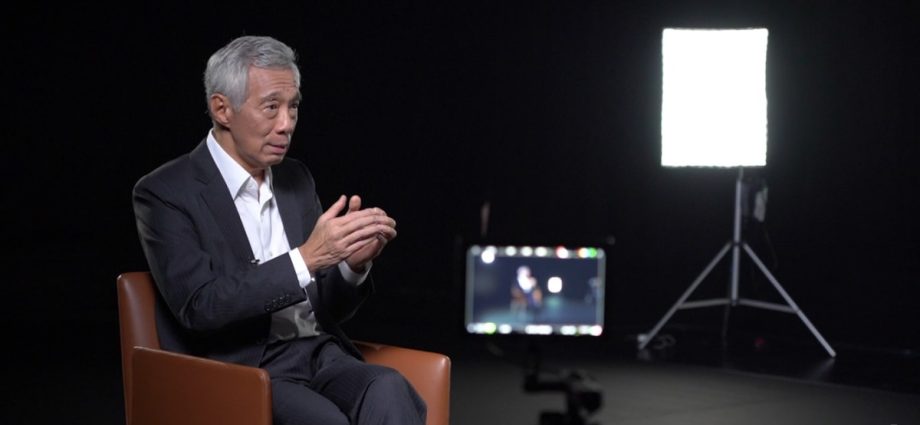
SINGAPORE: Singapore has enough reserves “for most circumstances”, but it would be the “biggest misconception” to think that will always be the case with the country’s spending needs already outpacing revenue growth, said Prime Minister Lee Hsien Loong.
Mr Lee also said he is “anxious” about continuing to build the reserves for as long as possible. The country’s fourth-generation (4G) political leadership is aware of the growing spending needs, as well as the need for Singapore to provide for that “in a sustainable way”, he added.
The Prime Minister was speaking to CNA in an extensive interview on the country’s reserves.
He described the reserves as a “great source of comfort and reassurance” that provides Singapore with “one extra card to play” should it run into a tough spot.
The government does not disclose the full size of the reserves to protect national interests and prevent speculative attacks on the Singapore dollar.
When asked how much is Singapore’s reserves, Mr Lee said: “I can’t answer that question. It’s enough for most circumstances. It’s enough to give us a substantial support in the Budget every year contributing to the government’s revenues.”
The country first tapped on its reserves in 2009, taking out S$4.9 billion (US$3.6 billion) to support the economy through the global financial crisis. Over a decade later, it drew on the reserves on three separate occasions during the COVID-19 pandemic between 2020 and 2022 – using S$40 billion in all.
“Fortunately, we had the resources and we could do it,” said Mr Lee. “It’s a great blessing.”
But the “biggest misconception” that Singaporeans can have about the reserves is that “there is such a thing as enough”.
“How much is enough? If I have more than that, I can spend it. If I have less than that, well, maybe I hope we get there,” he said. “I don’t know how much is enough.”
“Before the global financial crisis, we didn’t think we will need anything. When (it) came, it turned out we needed S$4, S$5 billion. When the COVID-19 crisis came, in the end we needed S$40 plus billion. So you have no idea how much you will need.”
And COVID-19 is “far from the worst thing that can happen” to Singapore, he cautioned. Hence, the “more productive way” to look at the reserves would be to think of it as “rainy day money”.
“If it’s not raining, I don’t touch it. If it’s a sunny day and I can afford to, I put a little bit more into it,” he said.
“However much there is, I keep on having this attitude that I would like to build it up a little bit more when I can, so that the next generation will be in a more secure position than I am today.”

